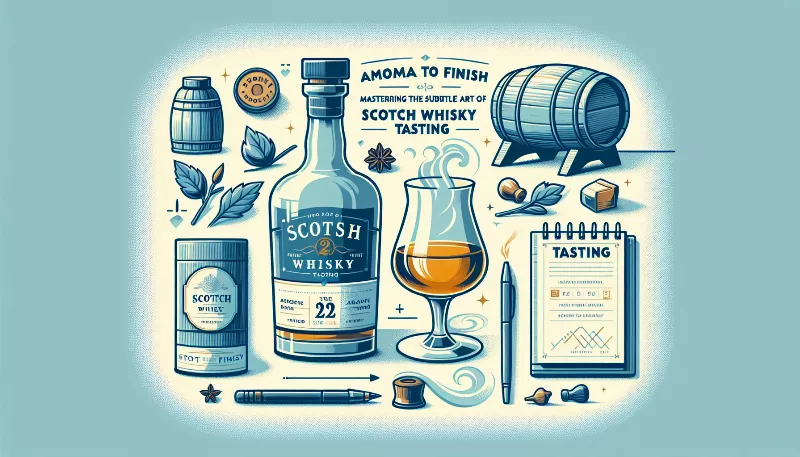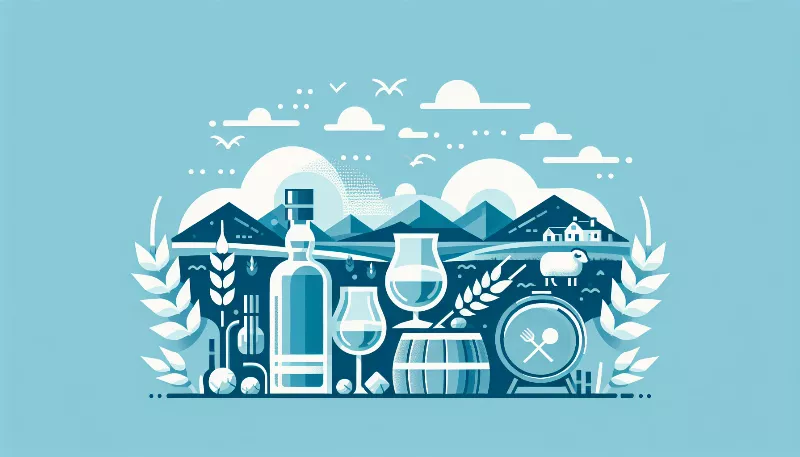In what ways does the distillation process differ between Scotch whisky and other types of whiskey?
Discover the unique distillation secrets of Scotch whisky compared to other whiskeys. Learn what sets Scotch apart in our expert breakdown.

Unveiling the Mystique of Scotch Whisky Distillation
Whiskey enthusiasts, gather round! We're about to embark on a spirited journey through the rolling hills of Scotland and beyond, exploring the fascinating nuances that set Scotch whisky distillation apart from its global cousins. The art of whiskey making is steeped in tradition and regional practices, and nowhere is this more evident than in the meticulous process that gives Scotch its revered status.
The Scottish Double Act: Two Distillations for Excellence
One of the defining characteristics of Scotch whisky is its double distillation process. While some Irish whiskeys and a few American bourbons also undergo double distillation, it's a hallmark of Scotch production. This method involves distilling the fermented mash twice in copper pot stills, which are often unique in shape and size to each distillery. The first distillation, called the 'wash distillation,' produces a liquid known as 'low wines.' The second distillation further refines the spirit, separating the heart (the desired middle cut) from the heads and tails (the less desirable beginning and end of the distillation run). This double act is crucial for developing the complex flavors and smooth character that Scotch aficionados cherish.
Peat's Pivotal Role in Scotch Whisky
Another distinctive feature of Scotch whisky production is the use of peat. While not all Scotch whiskies are peated, those that are gain a smoky, earthy profile that is hard to find elsewhere. Peat is used in the malting process, where it is burned to stop the germination of barley grains, imparting its signature smokiness to the malt. This peaty personality is a love letter to the rugged Scottish landscape and is less common in other whiskey traditions, where alternative fuel sources are used for drying malted grains.
Geographical Indications: Scotch's Legal Eagle
Scotch whisky is fiercely protected by law, with strict regulations governing its production. To be labeled as Scotch, the spirit must be distilled and aged in Scotland for at least three years in oak barrels. These legal requirements ensure consistency and quality, and they differ from the rules applied to other whiskeys. For example, American bourbon must be made from at least 51% corn and aged in new charred oak barrels, while Irish whiskey has its own set of standards, including triple distillation for many brands. These geographical indications are not just about pride; they're about preserving a legacy of craftsmanship.
Maturation Magic: The Scottish Slumber
The aging process is another area where Scotch whisky stands out. The cool, damp climate of Scotland provides an ideal environment for maturation, allowing the whisky to develop depth and complexity over time. While other whiskeys also value the aging process, the interaction between the Scotch and the oak barrels in Scotland's unique atmosphere cannot be replicated elsewhere. This slow dance between wood and spirit is what turns a good Scotch into an extraordinary one.
Conclusion: A Toast to Scotch Whisky's Distinctive Distillation
In conclusion, the distillation process of Scotch whisky is a beautiful symphony of tradition, geography, and legal precision. From the double distillation technique to the possible inclusion of peat smoke, and the stringent aging requirements to the magic of maturation, Scotch whisky offers a distinct experience that sets it apart from other whiskeys. So, the next time you raise a glass of this liquid gold, remember the journey it has taken from grain to glass—a journey that is uniquely and unmistakably Scotch.










